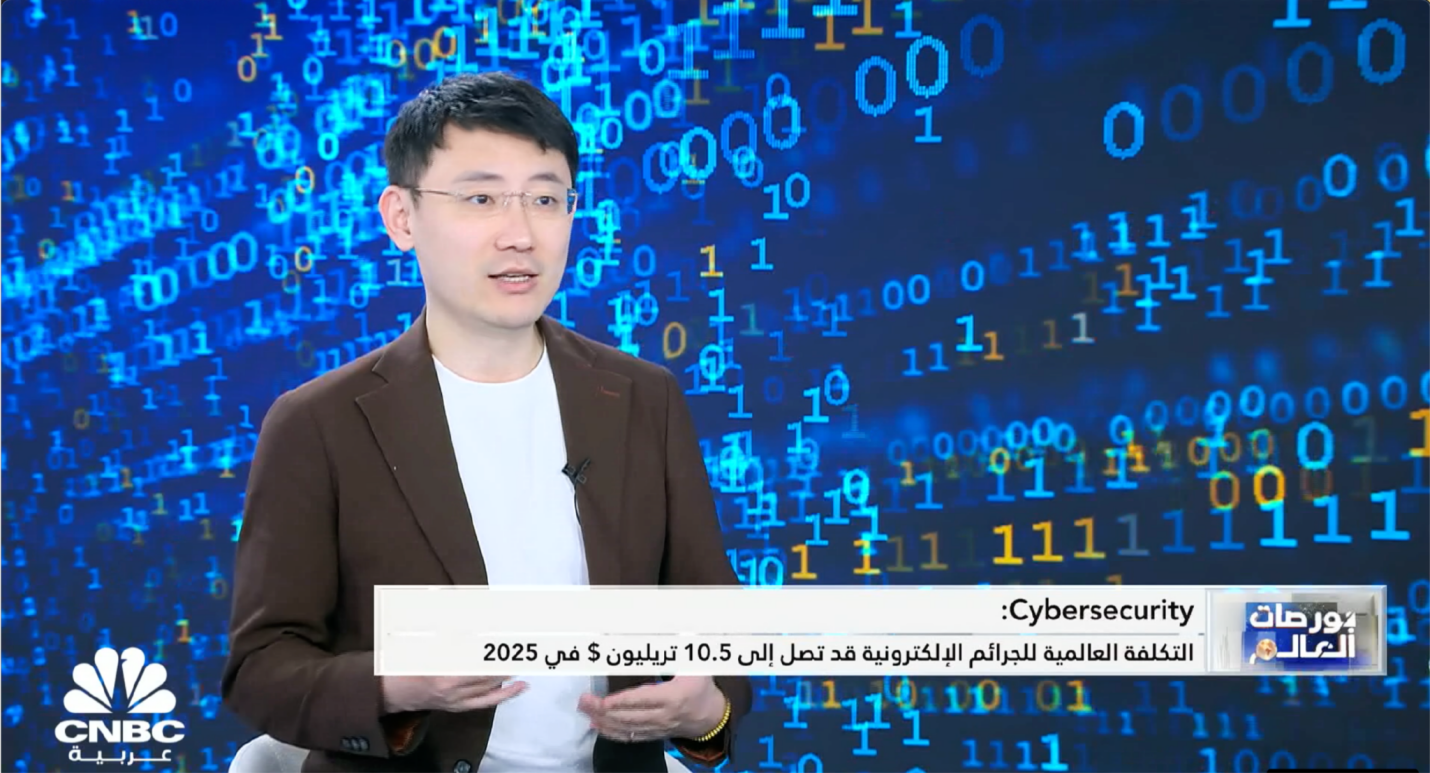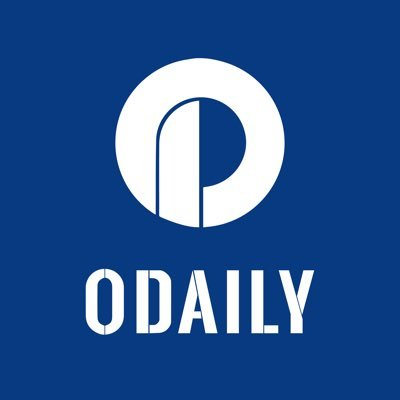CNBC interviewed Gu Ronghui, co-founder of CertiK: From formal verification to AI empowerment, we continue to expand the boundaries of Web3 trust
Recently, Gu Ronghui, co-founder of CertiK and professor at Columbia University, was interviewed by CNBC Arabia, a world-renowned financial media, and shared his insights on the future of Web3 security on topics such as the industry application of formal verification, the role of AI in blockchain security, and the risks of emerging technologies.
Gu Ronghui said that formal verification is the key to building the security foundation of the blockchain, and its role is to mathematically verify whether the code behavior conforms to the expected logic. This approach is more rigorous and challenging than traditional audit tools. He has repeatedly emphasized that the essence of blockchain is not only technological innovation, but also the reconstruction of trust, and a truly credible system must be verifiable.

Formal Verification: Building a blockchain security base
as a high-threshold, high-intensity audit method requires in-depth technical accumulation and understanding of the underlying logic. Gu Ronghui pointed out in an exclusive interview that although this method is complex, it has irreplaceable advantages in ensuring the security and controllability of the blockchain.
His connection with formal verification can be traced back to his studies. In 2016, he collaborated with Yale University professor Shao Zhong to successfully develop the world's first fully formally validated multi-core operating system kernel, CertiKOS, which was rated as unbreakable by Google. This achievement not only verifies the application of the technology in the real world, but also lays the foundation for it to enter the industry practice.
Since then, Gu Ronghui founded CertiK in 2017 to bring formal verification to the blockchain scene. Today, this technology is widely used in many leading projects such as ZK that focus on privacy and security, as well as large financial institutions such as Ant Group. In an exclusive interview, Gu Ronghui said that in order to improve the efficiency of formal verification, CertiK has built auxiliary tools such as AI intelligent analysis, which can be used to automatically identify code features and generate logical evidence.
While promoting the implementation of academic achievements, Gu Ronghui has always paid close attention to the new threats facing the industry. In response to concerns that "supercomputers or quantum computing may threaten blockchain security", he admitted that such technologies have potential risks, but they are still not enough to pose a real threat at this stage. "The capabilities of supercomputers are not enough to break the existing blockchain system," Gu said, "More importantly, the industry is already actively building anti-quantum algorithms and defense mechanisms, and it is possible to have relevant solutions."
In his exclusive interview, Gu Ronghui emphasized that AI is reshaping the blockchain security landscape, especially in smart contract auditing and on-chain threat identification, and that "the correct application of AI can bring substantial improvements to the blockchain security system." He
further said that CertiK's research shows that malicious tactics in Web3 projects are becoming increasingly sophisticated, with some phishing programs being able to track users over time and carry out targeted scams. But with the ability of AI models to quickly identify and address such attacks today, they can now be identified and dealt with within hours.
Today, CertiK has applied AI to a wide range of vulnerability mining and auditing processes. By analyzing on-chain early warning data, it assists in identifying the cause of vulnerabilities and attack paths. At the same time, AI technology is used to scan known vulnerability patterns, analyze code logic and generate reports, and build an intelligent audit system with "human-machine collaboration" as the core, providing credible mathematical support and efficiency for the manual audit team.
But as AI applications become more prevalent, attackers can also use it as a hardened attack vector. Gu Ronghui believes that this means that the threshold for security confrontation has been raised, and the industry needs stronger security solutions.
Technical Vision: Expanding the Boundaries of Web3 TrustGu
Ronghui always believes that the next stage of Web3 development will move from "available" to "trusted". Efficiency and innovation are not the end, responsibility and trust are the core values of technological evolution. Only by embedding verifiable security mechanisms can blockchain truly become a trusted global financial infrastructure.
This is exactly the mission that CertiK has adhered to since its inception - to build a security product system covering the whole life cycle of investment incubation, security audit, compliance consulting, etc., with formal verification as the core, to provide verifiable security for projects and set higher security standards for the industry.
For Gu Ronghui, this is not only a corporate strategy, but also a life choice. From Yale to Columbia, from academic research to entrepreneurial practice, he has always focused on transforming formal verification from theory to practice, and using technology to drive industry trust.
As a professor at Columbia University and CEO of CertiK, Ronghui Gu straddles both academic and business worlds, but his goal has always been to secure Web3. He has mentioned that his teaching philosophy is rooted in integrating real-world insights into academic discussions, aiming to build a cognitive and competency foundation for the next generation in the field of cybersecurity.
"Ensuring the security of Web3 is not only a technical challenge, but also a social responsibility." Gu Ronghui has publicly stated many times, "Our goal is to make this industry safer and more trustworthy." ”
